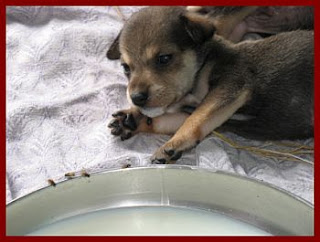
Ayers Rock, Australia
"Since prehistoric times, sacred places have exerted a mysterious attraction on billions of people around the world. Ancient legends and modern day reports tell of extraordinary things that have happened to people while visiting these places. Different sacred sites have the power to heal the body, enlighten the mind, increase creativity, develop psychic abilities, and awaken the soul to a knowing of its true purpose in life. While contemporary science cannot explain, and therefore disregards, the seemingly miraculous phenomena which occurs at the holy places, they continue to be the most venerated and visited locations on planet earth. What is the key to the mystery of the sacred sites and how are we to explain their power?

Mount Rinjani, Lombok Island, Indonesia
There is a global socio-cultural phenomena occurring which is the awakening and vitalization of an eco-spiritual consciousness. Among the wonderful aspects of this global awakening is the realization of the interdependency of all living things and the earth. Deriving from this realization is the understanding that each human, man or woman, white or black, western or eastern, rich or poor, is a child of one spirit, one energy, one god, one love. This sublime state of consciousness is the promise of each person on the planet. There are many paths to this consciousness, many methods of inner work which each of us will use during the course of our lives.
 Stonehenge, England
Stonehenge, England
There is also an earth-based energy available to human beings, concentrated at specific places all across the planet, which catalyzes and increases this eco-spiritual consciousness. Before their prehistoric human use, before their usurpation by different religions, these sites were simply places of power. They continue to radiate their powers, which anyone may access by visiting the sacred sites. No rituals are necessary, no practice of a particular religion, no belief in a certain philosophy; all that is needed is for an individual human to visit a power site and simply be present.
 Chaco Canyon, Arizona, USA
Chaco Canyon, Arizona, USA
As each of us awakens to a fuller knowing of the universality of life, we in turn further empower the global field of eco-spiritual consciousness. That is the deeper meaning and purpose of these magical holy places: they are source points of the power of spiritual illumination."
[Martin Gray]
 Giza Pyramids, Egypt
Giza Pyramids, Egypt
To find out more about the sacred sites in your own country, as well as throughout the world, please visit Martin Gray’s inspirational and excellent website at here:

















































